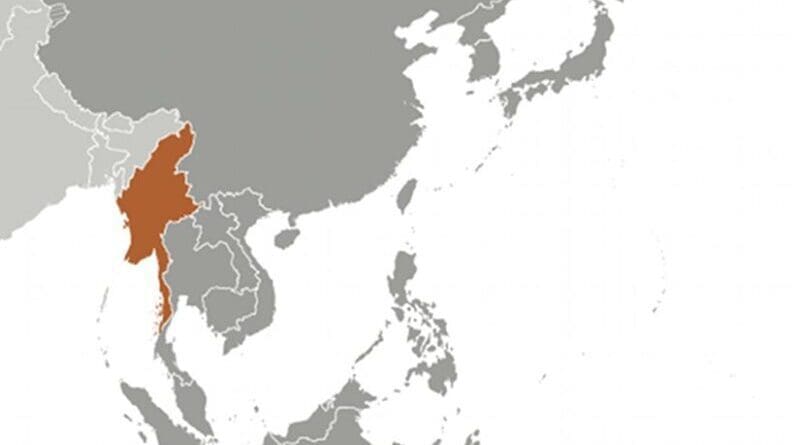Which Part Does China Play In Burma’s Civil War? – OpEd
By Zin Linn
The Chinese army secretly transported dozens of Burmese troops inside its border on 21 October morning to fight against the Kachin Independence Army, which is resisting an offensive by Burmese regiments, referring local witnesses, Kachin News Group reported.
As said by eyewitnesses, approximately 30 Chinese military trucks clandestinely transported Burma Army’s soldiers from the Chinese border- trade city of Ruili (Shweli) to Jang Hkawng, another border town close to Loije on the Burmese side. Only two or three trucks in the military convoy were carrying Chinese troops and the rest carried Burmese soldiers, added local witnesses.
The aim of the maneuver seems to recapture two strategic positions which recently fell to the KIA at Jan Mai and Maw Shwi, near Loije, border-based military observers said. In the four month-long civil war, the Kachin Independence Army (KIA) seized two important frontline posts of Burma Army in Kachin State on 11 October, following more than 20 hours combating.
Concurrently, over 2,000 Chinese troops have arrived on the Sino-Burma border, where KIA strongholds have been positioned since early this month, said natives on the border. As stated by eyewitnesses, Chinese soldiers take military exercises every afternoon from 4 pm to 6 pm, in Jang Hkawng.
The Kachin Independence Army has taken counter action to the huge 6,000 megawatt Myitsone Hydropower Project with armed resistance. The armed-clashes displaced tens of thousands of Kachin war refugees, and ended a 17-year long armistice agreement between the Burmese army and the Kachin Independence Organization (KIO) and its military wing KIA.
Kachin State which is situated in northern Burma (Myanmar) has been seriously facing appalling environmental change. Kachin State holds large areas of intact natural woodland, and is one of the most important biodiversity spots in the region. It has been under threat since 1994 when the KIO, agreed to a ceasefire with the Burmese military regime.
After ceasefire, the KIO was allowed to keep hold of its arms and get hold of some protective power while yielding defensible authority of natural resources to the then military regime. By agreeing ceasefire KIO has to give in privileges of Kachin State’s extraordinarily rich natural resources to the junta. For that reason, many Kachin people consider that ceasefire agreement causes abject poverty together with environmental damages in their land.
As the Burmese junta has a bad reputation with its human rights records, it offers the natural resources of the country to China in order to get shelter from the international criticism. As for KIO’s part, exploitations of the Kachin State’s natural resources by the Burmese and Chinese governments are unacceptable. Because, all natural resources management are approved by Burmese authorities without local consultation and such acts exacerbate animosity between the Burmese government and the Kachin community.
By accusing KIO’s self defensive war as jeopardy of border stability and China’s vested interests, Burmese authorities seem inviting China’s pressure in its ethnic affairs. The agreement to build seven hydropower dams on the Irrawaddy River and its tributaries with the China Power Investment Corporation (CPI) has been resulting forced relocation without consultation or compensation. Moreover, it will become the cause of flooding in Kachin Srate.
In October 2009, the Thailand-based Kachin Development Networking Group (KDNG) published a report – “Resisting the Flood” – highlighting the implementation of the Myitsone dam project on the Irrawaddy River.
The report demanded a halt to the project that is sponsored by the China Power Investment Corporation (CPI), its main investor and contractor. The dam project creates unwelcome impacts like social, environmental, livelihood, cultural and security problems for tens of thousands of people in the neighbouring area of the dam.
The report states that more than 15,000 people in 60 villages around the dam sites are being forcibly relocated without proper resettlement plans being drawn up by the Burmese military regime. These individuals have lost their means of livelihood such as farming, fishing and collection of non-timber forest products.
However, China selfishly affirms on dam-projects in Burma amidst serious complaints of the Burmese population. Hence, many people believe that the Burmese government has been escalating its military pressure on the KIO in order to protect China’s vested interest in Kachin State.
As a result, citizens think that China is pulling the strings in Burma’s politics in order to exploit not only natural resources but also to take advantage of regional politics.

